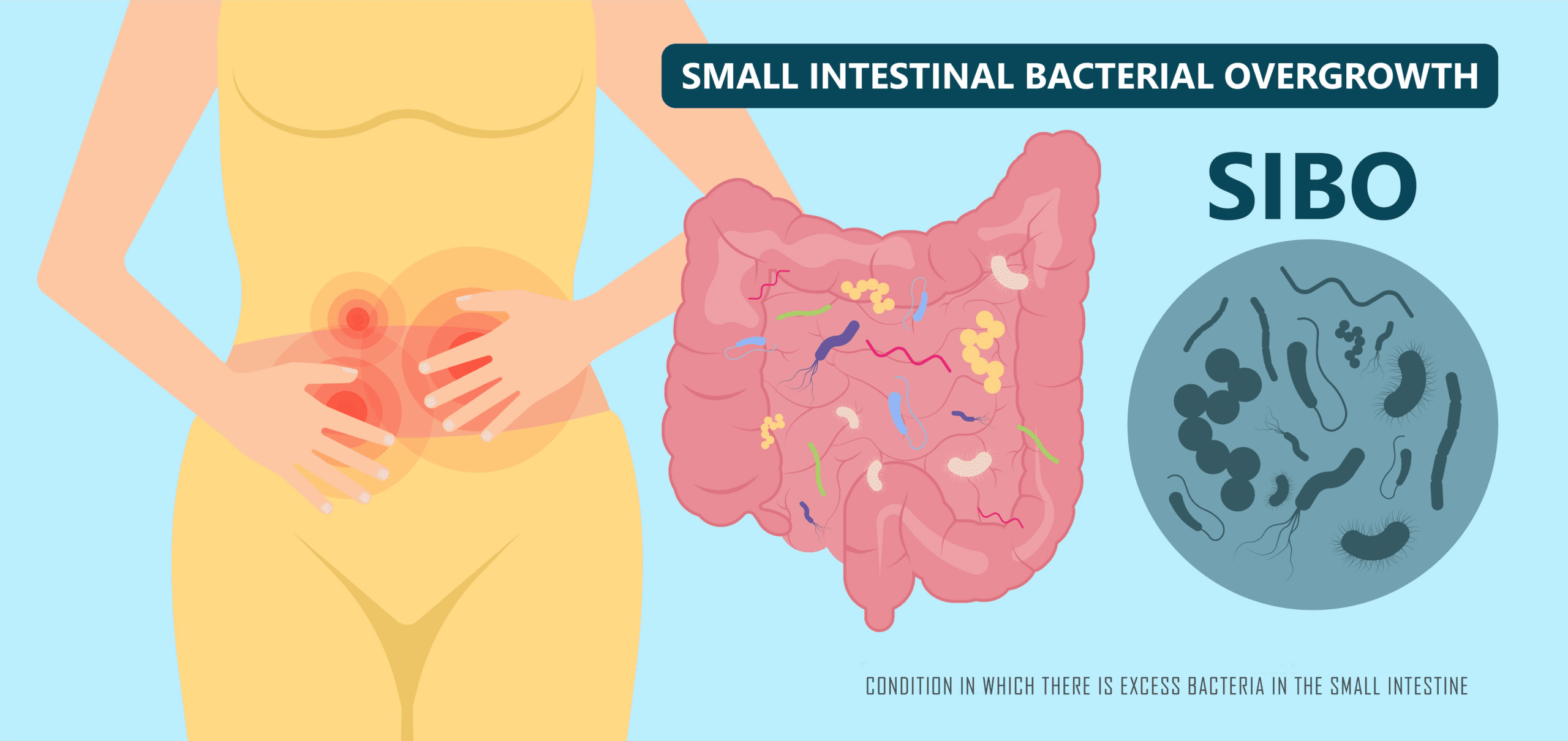Case study: Joint pain and anxiety
By naturopath Margaret Jasinska
Sally is a lovely 51 year old lady who came to see me for help with joint pain. She had developed it in the last 4 months. It came on suddenly and the pain sometimes became intense. Her doctor recommended Panadol Osteo to be taken every day, but that didn’t sit well with Sally.
When the joint pain initially started, a different doctor prescribed a steroid. This caused Sally to gain five kilos in three months. This is very common and the weight gain caused by steroids can be extremely difficult to lose.
The other significant problem Sally suffered with was anxiety. She found it difficult to cope with work stress and would often lie awake at night with irrational worries. The lack of sleep left her tired the next day, which further compromised her stress coping abilities.
Sally also wanted help with brain fog. She complained of having great difficulty concentrating and staying focused on her work. This worried her because her mother had dementia and Sally was prepared to do anything to avoid going down the same road. Sally was already aware of the fact that she has a sensitivity to gluten and dairy products, and therefore avoided them. These foods typically aggravate pain and inflammation.
My recommendations for my patient
- In order to give Sally some symptom relief quickly, I asked her to take Natural Pain Manager capsules. The green lipped mussel and turmeric help to relieve mild joint aches and pains.
- Sally was already taking a magnesium supplement but it mostly contained magnesium oxide. That’s a very poorly absorbed form of magnesium. It mostly stays in the gut and I recommend it to constipated patients as a laxative. I asked her to take a teaspoon of Magnesium Ultra Potent powder with her evening meal each night. Magnesium is wonderful for reducing tension, and promoting a better sleep.
- Sally’s diet included a lot of high carbohydrate foods; she ate gluten free bread with peanut butter for breakfast, a gluten free sandwich for lunch and gluten free pasta for dinner. She had read Dr Cabot’s book about gluten and was already aware of how it can initiate or aggravate joint pain. There weren’t enough vegetables in her diet and not enough protein or healthy fats either. I asked Sally to eat a large salad each day for lunch and dinner, along with some protein such as seafood, poultry, eggs or red meat. I also asked her to add more fat to her diet, in the form of olive oil, macadamia oil, coconut oil and avocados. Healthy fats have anti-inflammatory properties and can help to reduce joint pain, while also improving mood. I asked her to follow the eating plan in my book about autoimmune disease. The nightshade family of vegetables aggravates joint pain in some people, so it’s worth doing a one month trial without them. These vegetables include tomatoes, potatoes, capsicum, eggplant, chilli and paprika. To further reduce inflammation I asked Sally to take a selenium supplement. Selenium is required by the body to produce glutathione. People with inflammation in their bodies use up glutathione faster.
- To help heal her gut, I gave Sally Gut Health powder. She regularly experienced abdominal bloating and occasionally had episodes of irritable bowel. Having an overgrowth of harmful gut bugs can create a great deal of inflammation in the intestines. This promotes the development of leaky gut syndrome, which can be a driver of inflammation, joint pain and mood disorders.









Leave A Comment